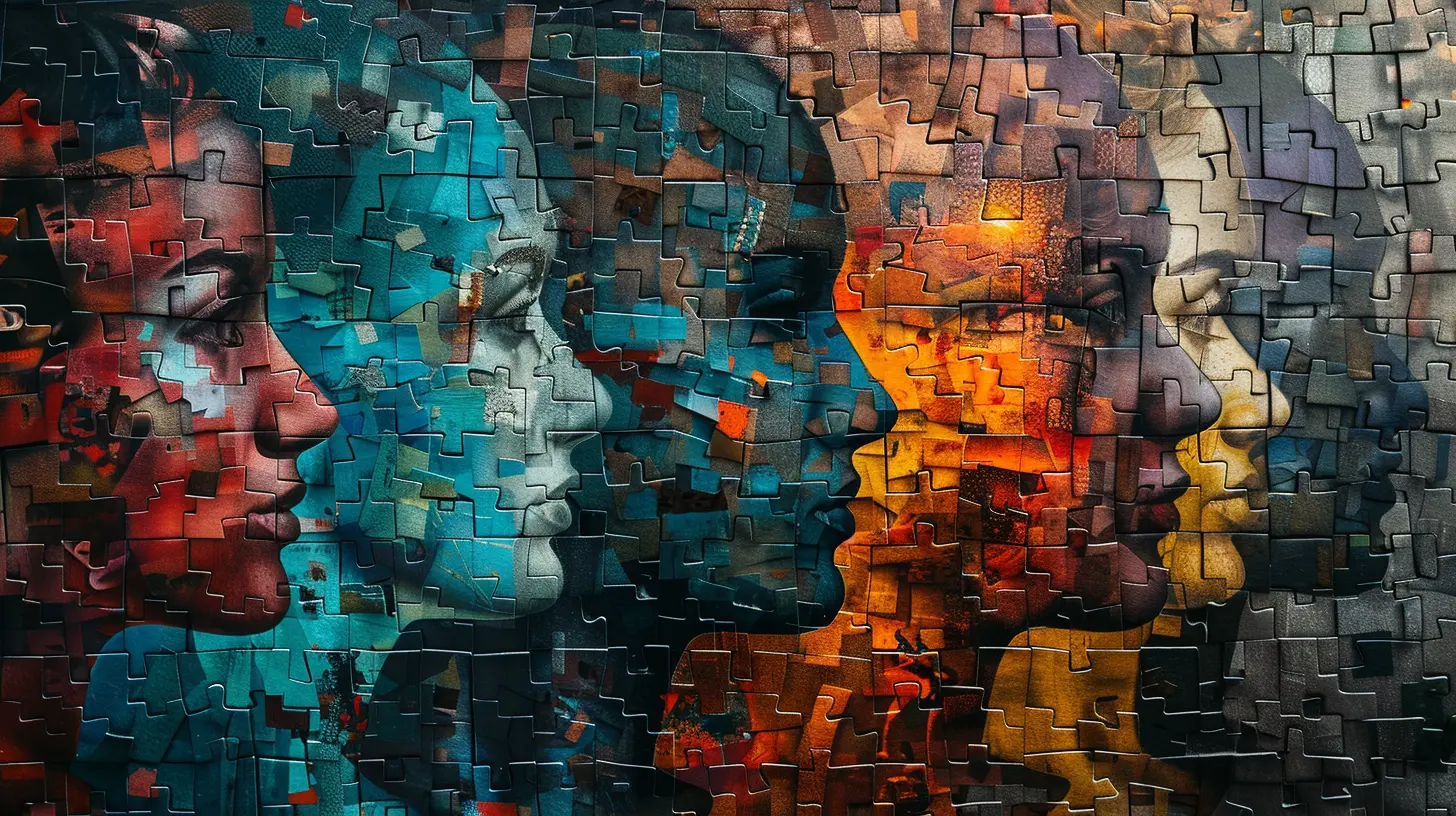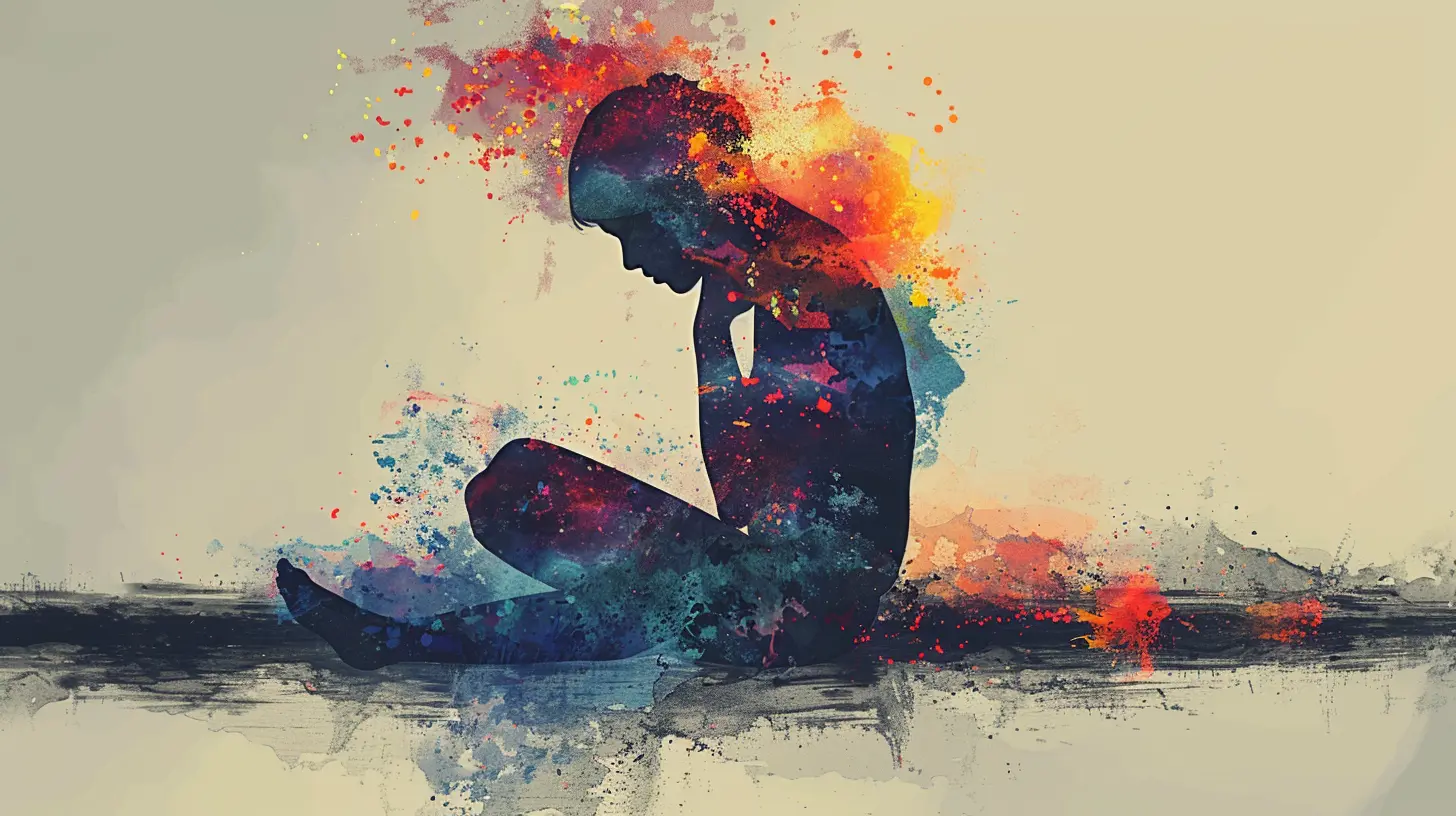How Cultural Norms Shape the Expression and Diagnosis of Mental Illness
3 July 2025
Mental illness doesn’t exist in a vacuum. It’s not just about brain chemistry or family history. There’s a powerful, often overlooked factor at play: culture. Whether we’re talking about anxiety in bustling New York or depression in rural India, the way mental health issues show up—and how they're identified—depends heavily on what’s culturally normal or acceptable.
Let's break it down. Culture influences what emotions people are allowed to express, how distress is communicated, and which behaviors are labeled as “crazy,” “weird,” or “sick.” It’s like wearing different lenses based on where you live or what you believe. And those lenses affect not only how we view others but how we understand ourselves.
So, how exactly do cultural norms mold mental health? Sit back—this is going to get really interesting.
What Are Cultural Norms, Anyway?
Before we dive in, let’s get on the same page. Cultural norms are the unwritten rules we follow in our societies—like how close we stand when talking to someone or whether it's okay to cry in public. These norms shape our behavior, thoughts, and expectations—often without us even realizing it.Now, imagine applying those unspoken rules to something as complex and nuanced as mental illness. You can probably see where this is going—it gets messy.
Emotional Expression: A Cultural Compass
In some cultures, openly expressing your emotions is completely normal—even encouraged. In others, it’s a big no-no.Take the United States. We’re kind of emotionally loud, right? It’s not uncommon to hear people casually mention their therapist or talk about feeling anxious before a presentation. There’s even a whole “mental health matters” movement going strong.
But now consider Japan. Social harmony is deeply valued. People are expected to maintain self-control, even when things feel like they’re falling apart inside. Someone experiencing depression might just say they’re tired or have a headache—terms that feel ‘safer’ than saying “I feel hopeless.”
So while Americans may describe emotional turmoil with psychological language (“I’m depressed,” “I’m having a panic attack”), someone in East Asia might focus more on physical symptoms—headaches, fatigue, stomach issues. Same distress, entirely different expressions. And this can throw a real wrench into diagnosis.
The Diagnosis Dilemma: Culture and the DSM
You’ve probably heard of the DSM—the Diagnostic and Statistical Manual of Mental Disorders. It’s the go-to guide for diagnosing mental illness, especially in Western countries. But here’s where it gets tricky: it's largely based on American and European norms.In other words, it’s built using cultural assumptions that don’t apply everywhere.
Let's say a clinician in the U.S. is evaluating someone from Nigeria. The person talks about hearing voices—but in their culture, those voices may be seen as ancestral spirits or divine messages, not a sign of schizophrenia. If the clinician isn’t culturally informed, they might slap on a diagnosis that doesn’t quite fit.
This is why cultural competence in mental health is so essential. Without it, we run the risk of misdiagnosing—or completely overlooking—serious mental health concerns.
Cultural Stigma: The Silent Saboteur
Stigma is a major roadblock when it comes to seeking help, and it varies wildly across cultures. In some places, mental illness is still viewed as a moral failing, a punishment from the gods, or a sign of weakness.In many African, Asian, and Middle Eastern cultures, admitting to mental struggles can bring shame not just to the individual—but to their entire family. It’s often kept hush-hush, swept under the rug, or attributed to supernatural causes.
This kind of stigma doesn’t just discourage people from seeking help. It changes how they experience their symptoms. If you believe mental illness is taboo, are you likely to recognize or even allow yourself to feel those emotions? Probably not.
It’s like trying to describe a color you’ve never seen before—you don’t have the language or permission to acknowledge it.
Collectivist vs. Individualist Cultures: A Key Divide
One major cultural factor behind all this is the difference between collectivist and individualist societies.- Collectivist cultures (like those in East Asia, the Middle East, and much of Latin America) prioritize group harmony, family reputation, and social roles.
- Individualist cultures (like the U.S., Canada, and Western Europe) emphasize personal freedom, self-expression, and independence.
So what does this mean for mental illness?
In collectivist societies, distress may manifest more through relationship conflicts, somatic complaints, or feelings of failing one’s family. In contrast, individualist cultures tend to focus on internal experiences: "I feel empty," "I can't find purpose."
Even therapy itself is culturally influenced. Western-style talk therapy can feel awkward or even alien in a culture where personal problems aren’t typically discussed openly—even with close relatives, let alone strangers.
Culture-Bound Syndromes: You Might Have Never Heard of These
Now this is where things get super interesting. Some mental health conditions are so specific to certain cultures that they don’t even exist elsewhere. These are what we call “culture-bound syndromes.”Here are a few examples:
- Ataque de nervios (Latin America): Characterized by shouting, crying fits, trembling, and even aggression, often as a reaction to stress or trauma.
- Koro (Southeast Asia): A sudden panic that one’s genitals are retracting into the body—seen as a medical emergency in some communities.
- Hwabyeong (Korea): A condition linked to suppressed anger—especially among middle-aged women—which may include physical symptoms like chest pain or fatigue.
These conditions don’t fit neatly into Western diagnostic categories, but they’re very real for the people experiencing them. They highlight how culture doesn’t just influence the expression of mental illness—it can actually shape its very form.
Gender Norms and Mental Health
Let’s not forget how cultural expectations around gender play into all of this.In many societies, men are expected to be stoic and emotionally reserved. So when men struggle with depression or anxiety, they may express it through irritability, aggression, or substance abuse—behaviors often misinterpreted or dismissed.
Women, on the other hand, might be more “allowed” to express sadness or fear, but they also face stereotypes about being overly emotional or unstable. This can lead to overdiagnosis in some cases, or having valid concerns written off as hormonal or “in their head.”
So yeah—culture doesn’t just define what mental illness looks like; it decides who is taken seriously when they ask for help.
Cultural Competency in Mental Health Care: More Than a Buzzword
Given everything we’ve discussed, it's obvious that mental health professionals need to be culturally competent. But what does that actually mean?- Listening without assumptions. Just because someone presents symptoms differently doesn't mean they're exaggerating or lying.
- Understanding cultural context. Knowing how family, religion, and tradition impact someone's experience gives therapists a fuller picture.
- Adapting treatment methods. Cognitive-behavioral therapy may work well in New York, but a more holistic or community-centered approach may be more effective in Kenya or India.
Without this kind of understanding, therapy can feel distant, irrelevant—or worse, damaging.
Globalization and the Changing Face of Mental Health
Here’s a twist: cultures aren’t static. Thanks to social media, immigration, and globalization, the lines are starting to blur.Kids in Tokyo are watching TikToks from California. Immigrants in London are juggling multiple cultural identities. This blending can be empowering—but also confusing. The result? More complex mental health presentations that draw from multiple cultural narratives.
Mental health services need to catch up. That means training professionals to navigate these cultural mosaics with nuance, empathy, and flexibility.
Final Thoughts: It’s Not Just About the Brain
Mental illness isn’t just something that happens in the brain—it’s deeply rooted in how we live, what we believe, and the societies we move through every day. Cultural norms don’t just influence mental health—they shape it.Understanding this complexity doesn’t make things messier—it actually makes them clearer. It reminds us that healing isn’t one-size-fits-all. The more we embrace cultural differences, the better we can support each other on the path to mental wellness.
So the next time someone opens up about their mental health, ask yourself: Are you listening through your own cultural lens—or theirs?
all images in this post were generated using AI tools
Category:
PsychopathologyAuthor:

Christine Carter
Discussion
rate this article
2 comments
Kira Kearns
Cultural norms distort our understanding of mental illness, often silencing genuine experiences. It's time to challenge these biases, embrace diverse perspectives, and prioritize authentic mental health over societal expectations.
November 26, 2025 at 6:00 PM

Christine Carter
Thank you for highlighting this crucial issue. Challenging cultural biases is essential for fostering a more inclusive understanding of mental health and supporting genuine experiences. We must prioritize authentic narratives to improve diagnosis and treatment.
Rosalyn Hahn
Cultural norms significantly influence both the perception and treatment of mental illness across societies.
July 12, 2025 at 3:27 AM

Christine Carter
Absolutely! Cultural norms play a crucial role in shaping how mental illness is perceived and treated, affecting everything from stigma to access to care. Thank you for highlighting this important aspect!


